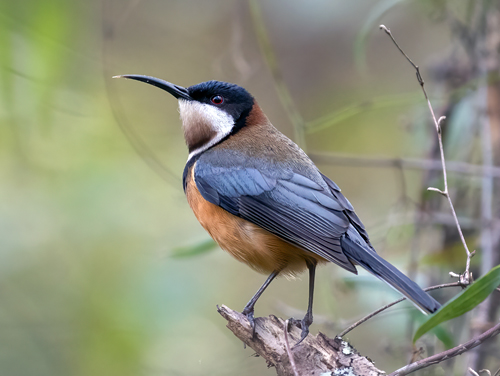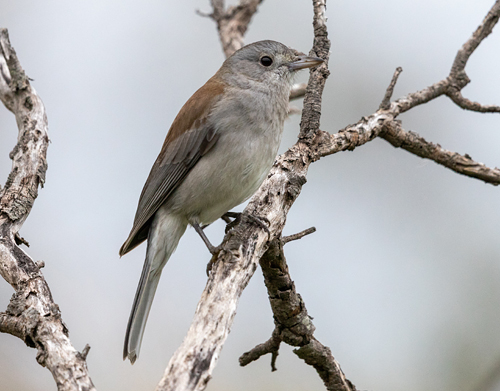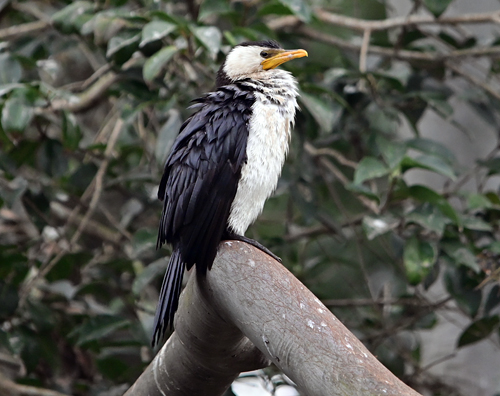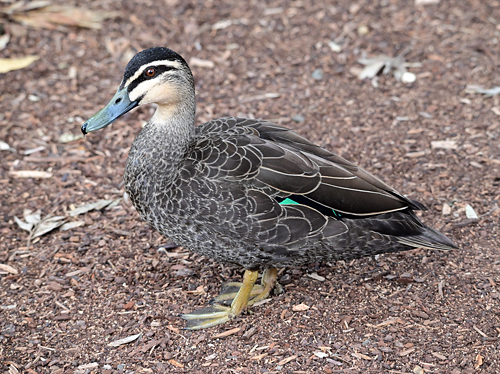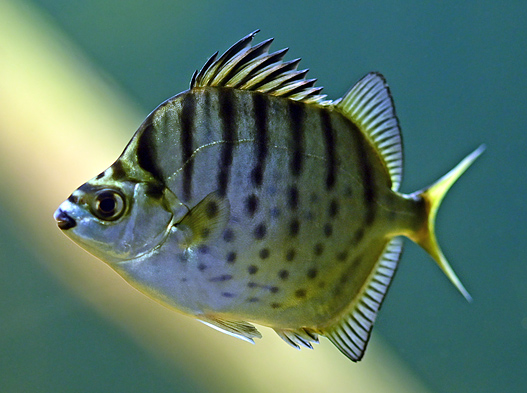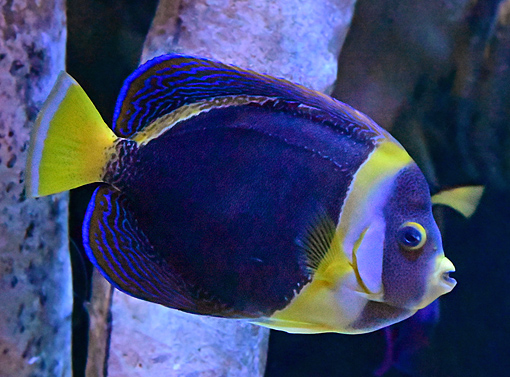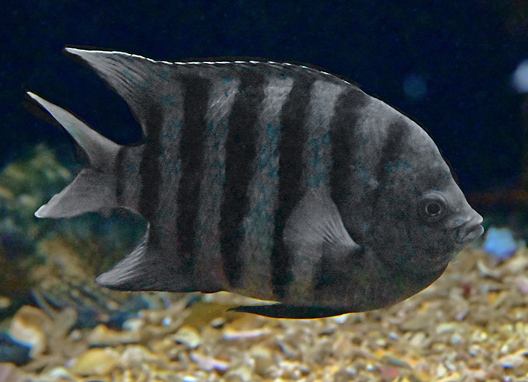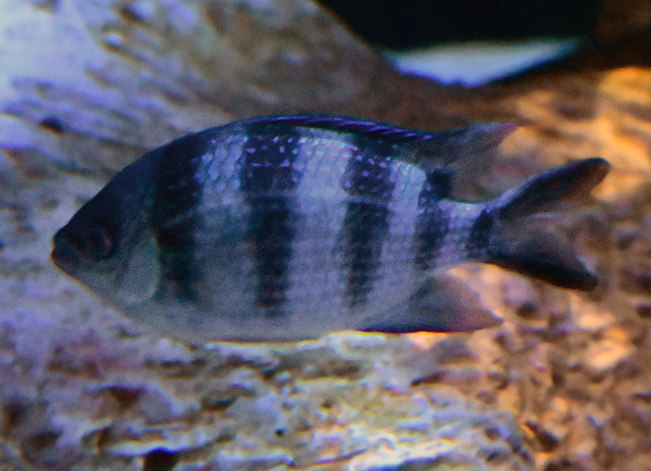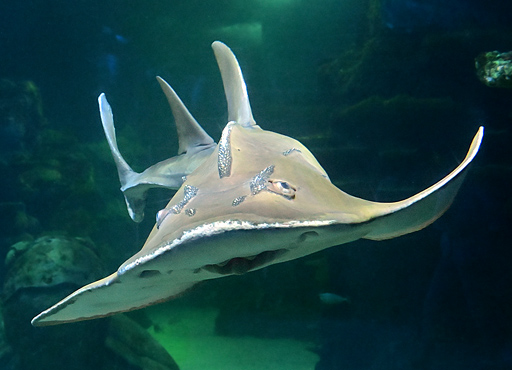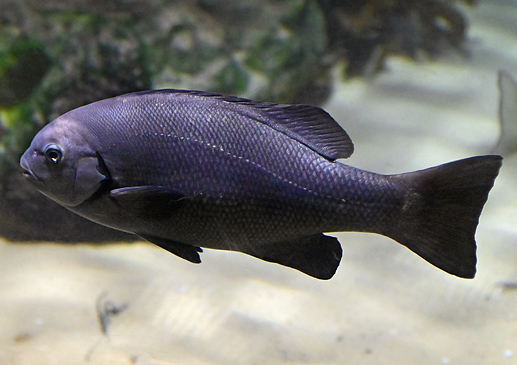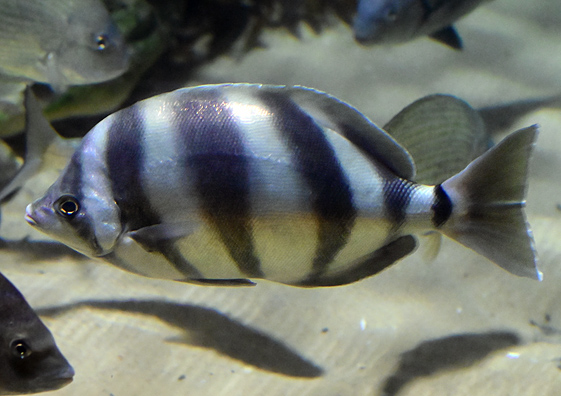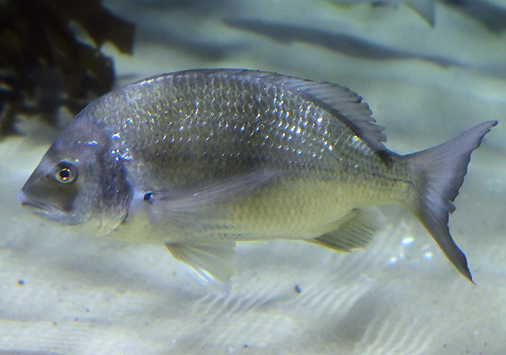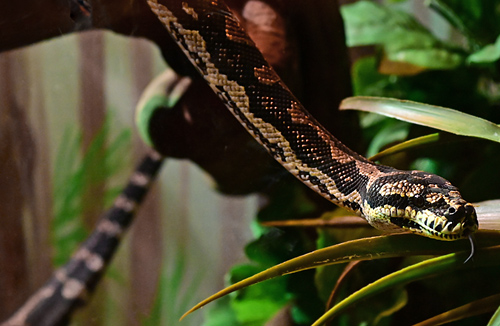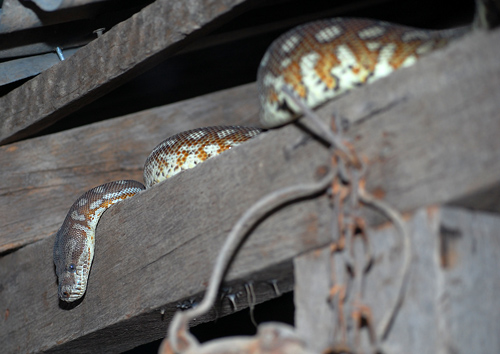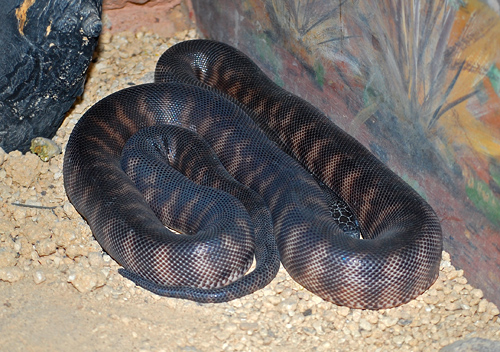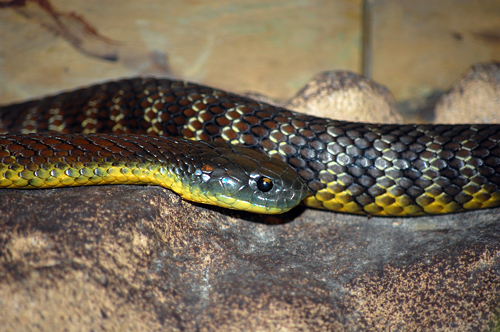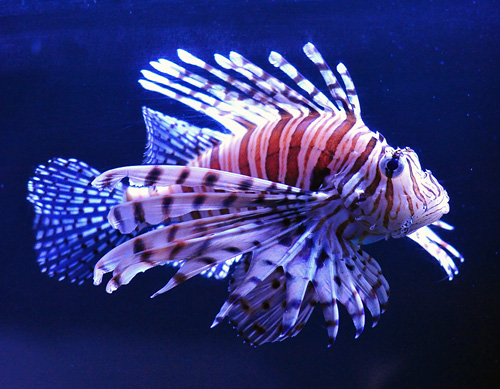Wild Parsley
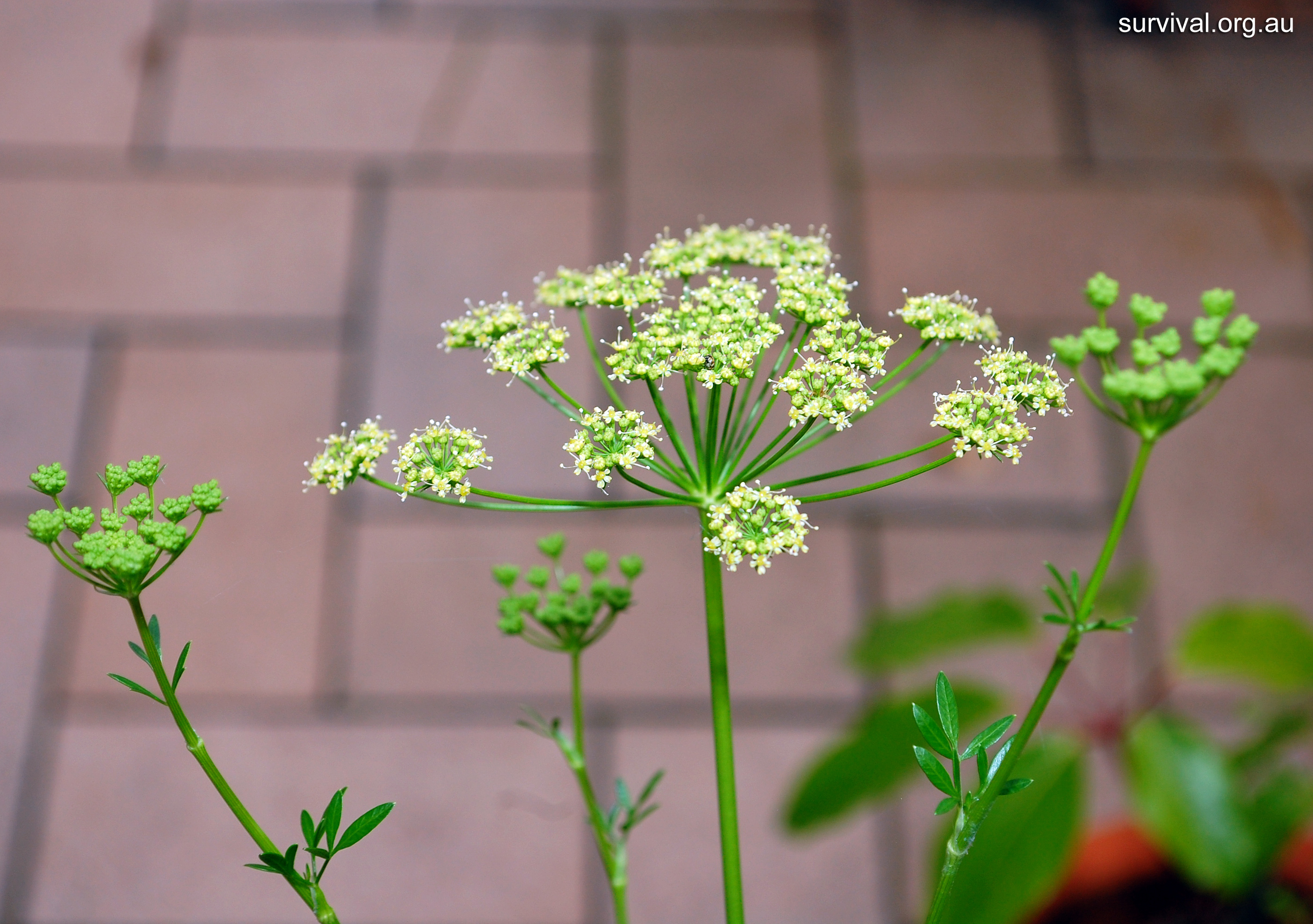
Petroselinum crispum
Other Names: Parsley
Introduced From: Southern Europe
Family: Apiaceae (Carrot/Parsley Family, previously Umbelliferae). 250 genera, 42 in Australia
Habitat: Roadsides and wasteland. Coastal sand dunes in TAS.
Uses: The leaves are used as a herb and in foods such as tabouleh and felafel. The roots are also edible, and there is a cultivated variety that is bred to have large roots.
Danger: ![]() WARNING: Wild Parsley closely resembles Hemlock (Conium maculatum), which is one of the most poisonous plants that there is, and many people have died for getting Hemlock confused for wild parsley and wild carrots. Hemlock has hollow stems with mottled purple patches on them, which can supposedly be used to tell it from the edible plants in the Apiaceae family. Though Wikipedia says that hemlock has "a smooth green stem, usually [emphasis added!] spotted or streaked with red or purple on the lower half of the stem". So you have been warned. You can see where hemlock grows in NSW here on PlantNET.
WARNING: Wild Parsley closely resembles Hemlock (Conium maculatum), which is one of the most poisonous plants that there is, and many people have died for getting Hemlock confused for wild parsley and wild carrots. Hemlock has hollow stems with mottled purple patches on them, which can supposedly be used to tell it from the edible plants in the Apiaceae family. Though Wikipedia says that hemlock has "a smooth green stem, usually [emphasis added!] spotted or streaked with red or purple on the lower half of the stem". So you have been warned. You can see where hemlock grows in NSW here on PlantNET.
References: Low (Weeds), Richardson and Shepherd
About Wild Parsley
Petroselinum crispum, Parsley, grows in its straight-leaved form when found in the wild. (I think this is sometimes sold in shops as "Italian" parsley.) It is the same plant that is bought at the vegetable store, the leaves do not curl up nearly so much though.
The shape of the flower head is characteristic of the carrot family.
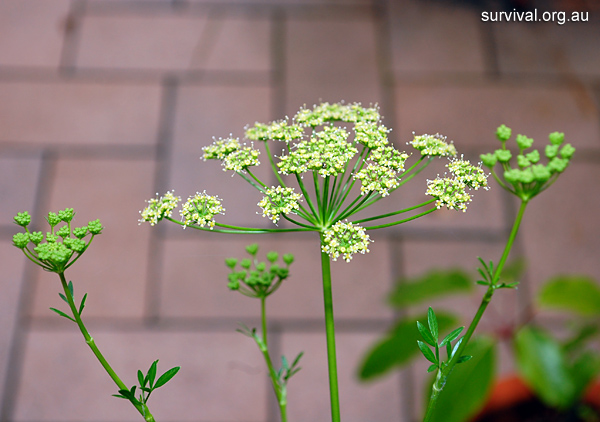
Petroselinum crispum, Wild Parsley. Blaxland, Blue Mountains NSW.
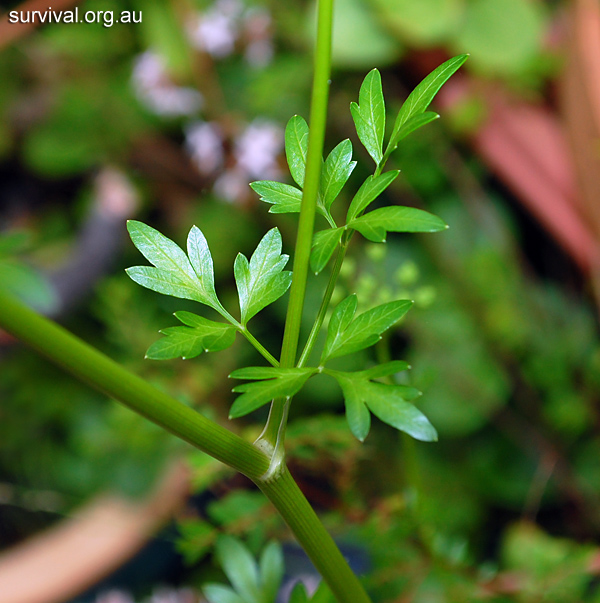
Petroselinum crispum, Wild Parsley. Blaxland, Blue Mountains NSW.
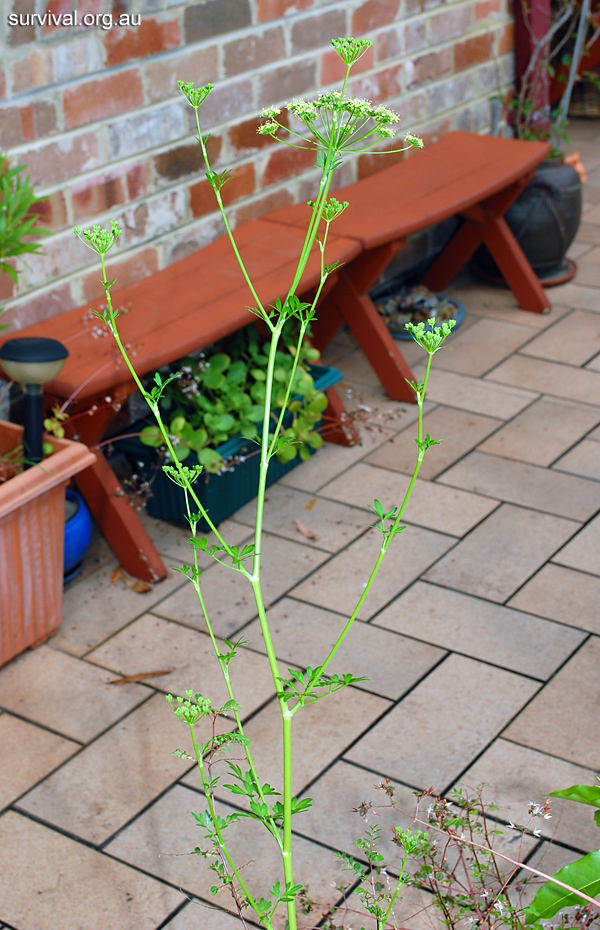
Petroselinum crispum, Wild Parsley. Blaxland, Blue Mountains NSW.
See Also
Australian Mammals
Australian Birds
Australian Reptiles
Australian Frogs
Australian Fish
Australian Spiders and Their Faces
Return to Plant Foods



